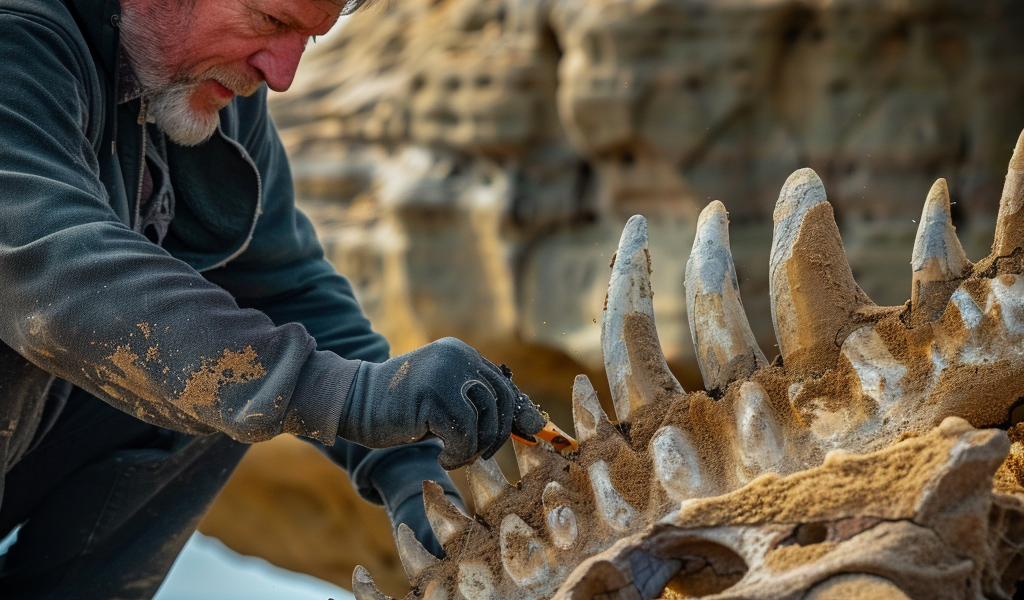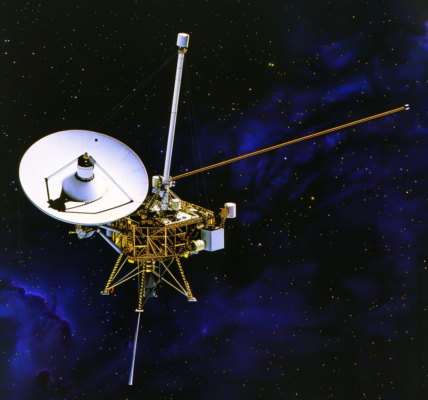A remarkable paleontological discovery has emerged from Bexhill-on-Sea in East Sussex, revealing fossilized dinosaur teeth that date back approximately 135 million years to the Early Cretaceous period. This finding not only enhances our understanding of the prehistoric ecosystem in Britain but also highlights the complexity and diversity of dinosaur species that once inhabited this coastal region.
The recently uncovered fossilized teeth primarily belong to carnivorous dinosaurs, confirming the presence of several theropod species in the area. Among the most intriguing finds are teeth from tyrannosaurs, spinosaurs, and various members of the velociraptor family. This is particularly significant as these theropods had not previously been identified in sediments of this age or in this specific part of southern England, which has not been traditionally recognized as a hotspot for dinosaur fossils.
Before this discovery, the region was thought to be relatively barren in terms of prehistoric finds, making the identification of such a diverse group of predatory dinosaurs all the more remarkable. This new evidence suggests that the prehistoric landscape of East Sussex was far more vibrant and complex than previously believed.
At the center of this groundbreaking find is Dave Brockhurst, a former quarry worker with nearly three decades of experience in fossil collection from the Ashdown Brickworks site. His passion for paleontology and expertise in fossil hunting have led to the discovery of thousands of specimens, including not only dinosaur teeth but also shark teeth and partial skeletons.
Reflecting on his lifelong fascination with dinosaurs, Brockhurst stated, “When I was a child, I was fascinated by dinosaurs, but I never imagined they’d be so close to me.” His extensive collection has now been shared with the Bexhill Museum, significantly contributing to the institution’s fossil holdings. The theropod teeth, however, remain particularly rare at this site, underscoring the importance of these latest finds.
The analysis of these fossilized teeth has been facilitated by modern scientific techniques, including advanced CT scanning and machine learning methods. These technologies enable researchers to conduct detailed and accurate studies of each tooth, unraveling their origins and providing insights into the dietary habits and ecological roles of these ancient creatures.
The significance of this discovery extends beyond the immediate findings. It opens new avenues for understanding the evolutionary history of theropods in Europe and how they adapted to their environments during the Cretaceous period. The presence of such diverse predatory dinosaurs in East Sussex suggests that the region may have played a more crucial role in the prehistoric ecosystem than previously acknowledged.
This discovery also emphasizes the importance of citizen science and the contributions of amateur paleontologists like Dave Brockhurst. His dedication and persistence in fossil hunting have not only enriched our understanding of the region’s prehistoric past but have also inspired others to engage with paleontology and conservation.
As research continues on these fossilized remains, scientists are eager to uncover more about the interactions between these theropod species and their environment. The implications of this discovery could reshape our understanding of dinosaur distribution and diversity during the Early Cretaceous period in Europe.
In summary, the recent discovery of 135 million-year-old dinosaur teeth in East Sussex marks a significant milestone in paleontological research. It highlights the rich and complex prehistoric life that once thrived in this region, challenging previous notions of dinosaur distribution and diversity in southern England. As scientists delve deeper into the analysis of these fossils, the findings promise to unveil further insights into the evolutionary history of dinosaurs and their ecological contexts.





